Magazine
What To Watch For: Skin Care Ingredients To Avoid

Struggling with acne? Dealing with dry skin? Looking redder than usual? What if we told you that your problem was the ingredients in your skincare products. This can range from cosmetics like makeup to skincare products like cleansers, deodorants, toothpaste, hair dyes, hair sprays, lip balms, shampoo, and conditioner.
Think of it this way: When you want your body to be healthy, you have to think about what you are putting into it. Some ingredients are good for you, and some ingredients aren’t. If you want your body to be in mint condition, you need to monitor your diet.
Taking care of your skin requires the same level of attention, except instead of worrying about what you are putting into your body, you need to be conscious of what you are putting onto it.
There are ingredients to avoid and ingredients to chase after when it comes to caring for your skin. Today, Particle will be providing you with lists for both.
Ingredients to Avoid
Here is a list of some of the ingredients to restrain from including in your skincare products:
- Parabens: Parabens are preservatives used in skincare products to prevent them from expiring for long periods. Parabens work by directly combatting the growth of bacteria and mold. While the prevention of mold may sound like a good thing, parabens sometimes mimic the hormone estrogen, giving them the potential to alter important hormone mechanisms and interfere with the production of hormones in our bodies.
Popular parabens include methyl parabens, Sodium Lauryl Sulfate (or Sodium Laureth Sulfate) SLES, isobutyl parabens, Methylparaben, Butylparaben, Ethylparabens, and Propylparabens. This ingredient is most commonly found in face wash, body wash, and lotion when it comes to skincare. - Synthetic fragrance: Synthetic fragrances are unnatural scents added to products. While they may help them make them smell better, they can be harmful to human health. Many of these fragrances come from petroleum-based chemicals that include phthalates and carcinogens. These man-made fragrances, typically containing allergens and hormone disruptors, can be found in all sorts of skincare and grooming products.
It is worth noting that when a product is labeled as “unscented,” it indicates that a fragrance was used to mask the smell of other chemical ingredients. Only when something is labeled, “fragrance-free” is there truly no added fragrance. - Phthalates: The purpose of phthalates is to make the fragrances incorporated into your skincare products stick to your skin. They qualify as plasticizing chemicals and include DBP and DEP. These chemicals can harm your hormones and can be toxic to your organs. While phthalates are typically listed on labels, thus making them in theory easy to avoid, they can go unlisted when used in fragrances.
Since phthalates are usually attached to synthetic fragrances, they can be found in all the same products, which, as you already know, can include soaps, shampoos, aftershave, and everything in between. - Polyethylene Glycol: Polyethylene glycol is a polyether compound that is derived from petroleum. It is typically used in skincare products as a thickener, softener, moisture carrier, and solvent, helping the skin to absorb other ingredients. While polyethylene glycol has been determined a low-hazard ingredient and, in turn, safe for the skin, the real issue is that other byproducts may have contaminated it.
Based on how the polyethylene glycol was manufactured, it may contain traces of both ethylene oxide and 1,4-dioxane. Both of which are carcinogens meaning that it is capable of causing multiple forms of cancer in living tissue. Polyethylene glycol is most commonly found in creams and sunscreen. - Formaldehyde: Formaldehyde is a naturally occurring organic gas that is colorless and carries a strong scent. To help explain the strength of the compound, it is even found in some building materials. Formaldehyde is typically used in skincare products as a preservative, similarly to parabens, and is intended to prevent the growth of microorganisms.
This ingredient is unfortunately known to lead to several unwanted symptoms and health conditions. This preservative is most commonly used in shower products like body wash. - Triclosan and Triclocarban: Triclosan and triclocarban are antimicrobial agents and preservatives used in skincare products. Though these ingredients have begun to be phased out of personal care products, they are most commonly found in bar and liquid soaps.
Triclosan is more commonly found in liquid soaps, while triclocarban is more commonly found in bar soaps. They may also be used in some lotions. Repeated exposure to this ingredient may cause bioaccumulation which is a process of accumulation of chemicals in an organism when the intake rate exceeds the rate of excretion. Triclosan and triclocarban may also cause skin irritation and may be an endocrine disruptor, impacting organ system toxicity. - Benzalkonium Chloride: Benzalkonium chloride is a type of cationic surfactant and disinfectant most commonly used in products as a surfactant. Ceramide products reduce its surface tension and lower the surface tension between different states of matter.
Benzalkonium chloride is most commonly found in sunscreens and moisturizers. The ingredient is known to cause skin irritation and allergies resulting in red, itchy rashing. - Other harmful ingredients to avoid include Octinoxate, Oxybenzone, DMDM hydantoin, Diazolidinyl urea, Imidazolidinyl urea, Hydroquinone, and Butylated hydroxyanisole
The Good Stuff
With so many skincare products to avoid, it may feel like nothing is safe to use, but that is not the case! There are several ingredients and several skincare products that can be beneficial for your skin.
Ingredients to Look For
Here is a list of some of the top ingredients you will want to be included in your skincare products.
- Hyaluronic Acid: Hyaluronic acid occurs naturally in our bodies. The substance can hold a thousand times its weight in water and, in turn, can help the skin to retain moisture while also preventing moisture from evaporating into the air. Hyaluronic acid is a top moisturizing agent for all skin types and can help to keep your skin hydrated all year long.
- Alpha Hydroxy Acids: Two of the most common alpha-hydroxy acids include lactic acid and glycolic acid. These acids can help rid your skin of dead skin cells and reveal the healthy skin below. Other benefits of AHAs include increasing collagen production, thickening the skin, treating acne, drawing water into your skin, and reducing fine lines and hyperpigmentation.
- Vitamin C: There are several different forms of vitamin C, including ascorbic acid. Ascorbic acid is quickly absorbed and has a high potency. The ingredient can help stabilize and create collagen molecules, making it ideal for reducing UV damage and hyperpigmentation.
- Vitamin E: Vitamin E is a group of oil-soluble antioxidants that includes tocopheryl acetate and tocopherol. These ingredients can provide several benefits, including acting as a soothing agent, hydrating and healing the skin, helping your cells to repair sun damage, and slowing the aging of the skin.
- Jojoba Oil: Jojoba oil is a wax extracted from the seeds of the jojoba plant. Jojoba oil is one of the most versatile ingredients in skincare for its soothing properties. The ingredient reduces dryness and redness and calms and soothes skin. It can be used in products to fade the appearance of wrinkles, relieve sun damage, and nourish dry skin.
- Ceramides: Ceramides are long-chain lipids that help to hold the cells together and keep irritants out. Ceramide levels naturally decrease as we age, so using products containing ceramide is necessary for maintaining healthy levels of fatty acids. Ceramides are effective at increasing skin moisture content and keeping the skin supple and smooth.
- Argan Oil: Argan oil is plant oil derived from the kernels of the argan tree. This oil is rich in essential nutrients, antioxidants, and soothing compounds. It can help reduce sun damage, moisturize your skin, and reduce the appearance of fine lines and scarring. Since it is less heavy than other natural oils, it is safe for all skin types.
- Allantoin: Allantoin is extracted from the root of the comfrey plant. This ingredient is non-irritating and can soothe and protect the skin. Other ingredients include healing the skin, stimulating the growth of new tissue, reducing the appearance of scarring, and keeping your skin’s texture smooth.
Finding The Right Combination
The safest and most effective skincare product for you will be the one that consists of the right formula. You need to select the product containing any beneficial ingredients and the right combination of beneficial ingredients.
For example, take a look at the Particle Face Mask. Our mask alone can fight acne, reduce blackheads and pore visibility, and fade the appearance of blemishes.
The Particle Face Mask, specifically engineered for men, can accomplish all of this in a single product because of its combined use of premium ingredients. These ingredients include charcoal powder, bentonite clay, aloe vera, panthenol, and kaolin.
The charcoal powder draws out bacteria, dirt, and chemicals and minimizes pores. The bentonite clay absorbs oils and bacteria and prevents breakouts and rashes. The aloe vera hydrates and reduces skin irritations and replenishes the skin with vitamins and minerals. The panthenol hydrates your skin, calms, and soothes irritated skin. The kaolin is a natural detoxifier and exfoliator and soothes and tones the skin.
This formula is safe for weekly use. Just cleanse your face thoroughly before using the face mask, apply a thick layer of the mask evenly over your forehead, cheeks, nose, and chin, wait ten minutes, and then rinse your face with face wash. For best results, follow this up with a quality face cream.
Conclusion
It is important to be careful with what you are putting on your skin. Just like with anything else, there are good options, and there are bad ones. By taking the time to learn about healthy and dangerous ingredients in skincare and research the ones in your own products, you can begin your journey towards healthier, happier skin.
Sources:
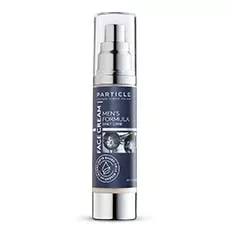
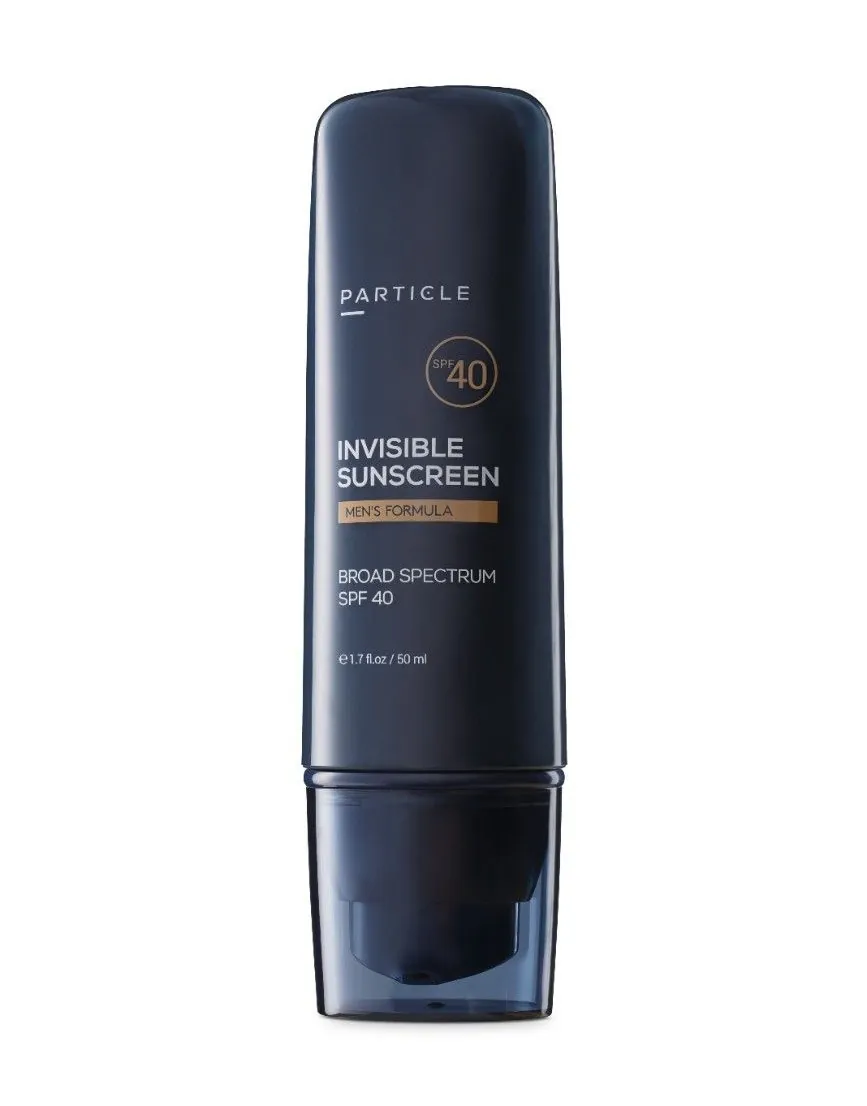
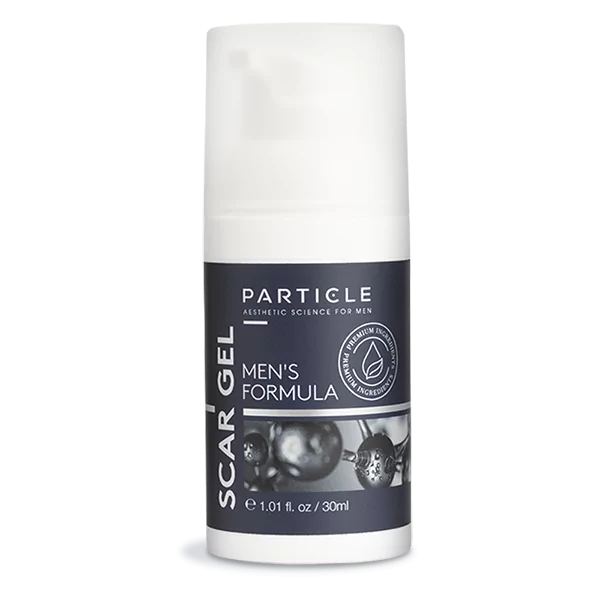
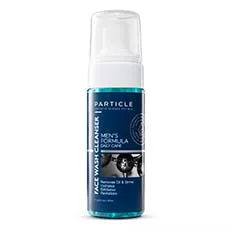
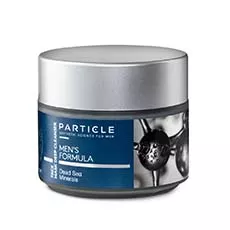
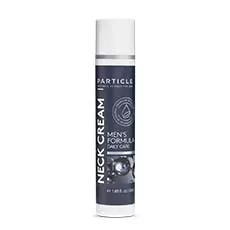
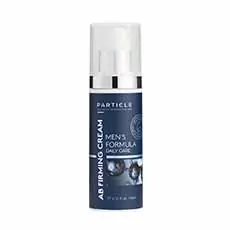
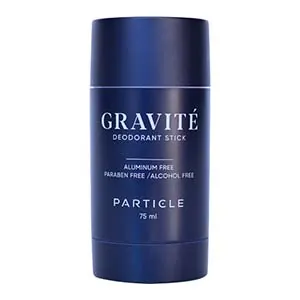
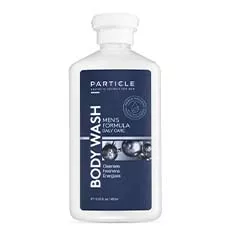
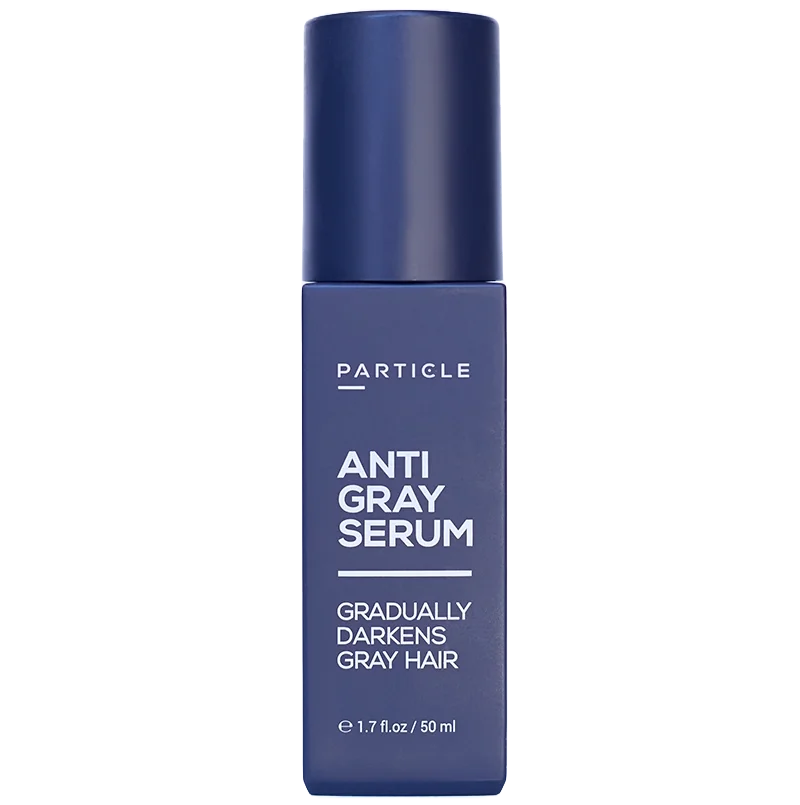
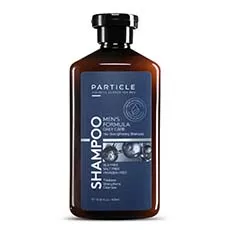
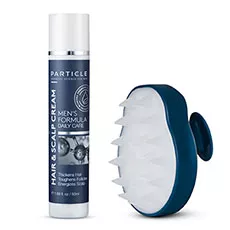
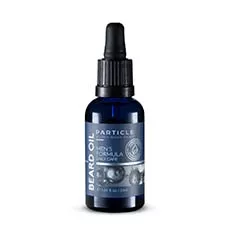
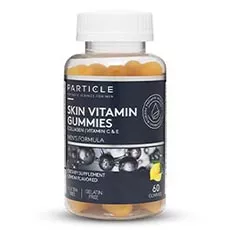
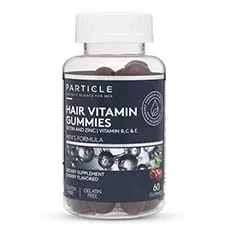
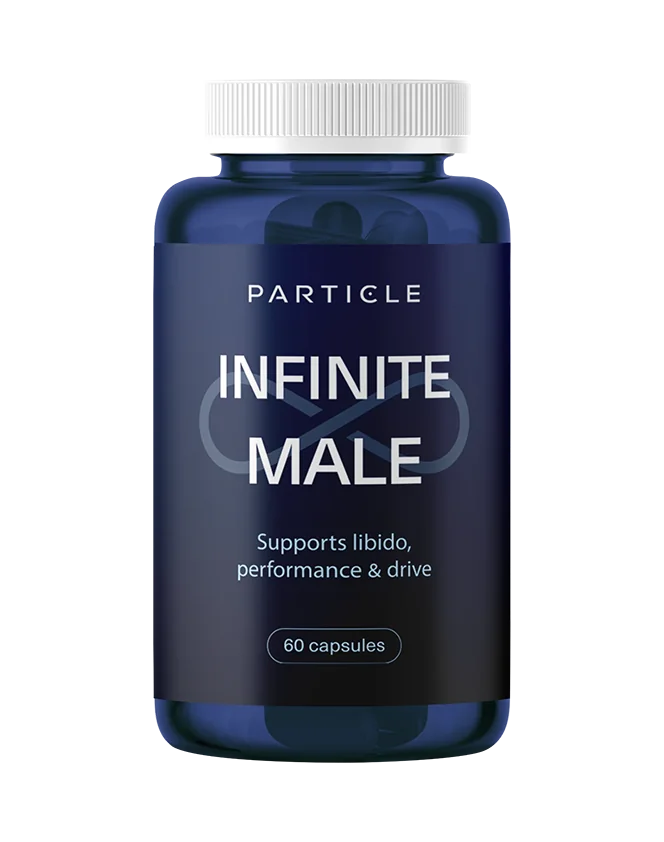
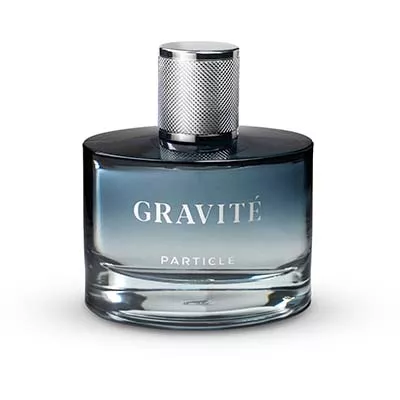

 en
en















